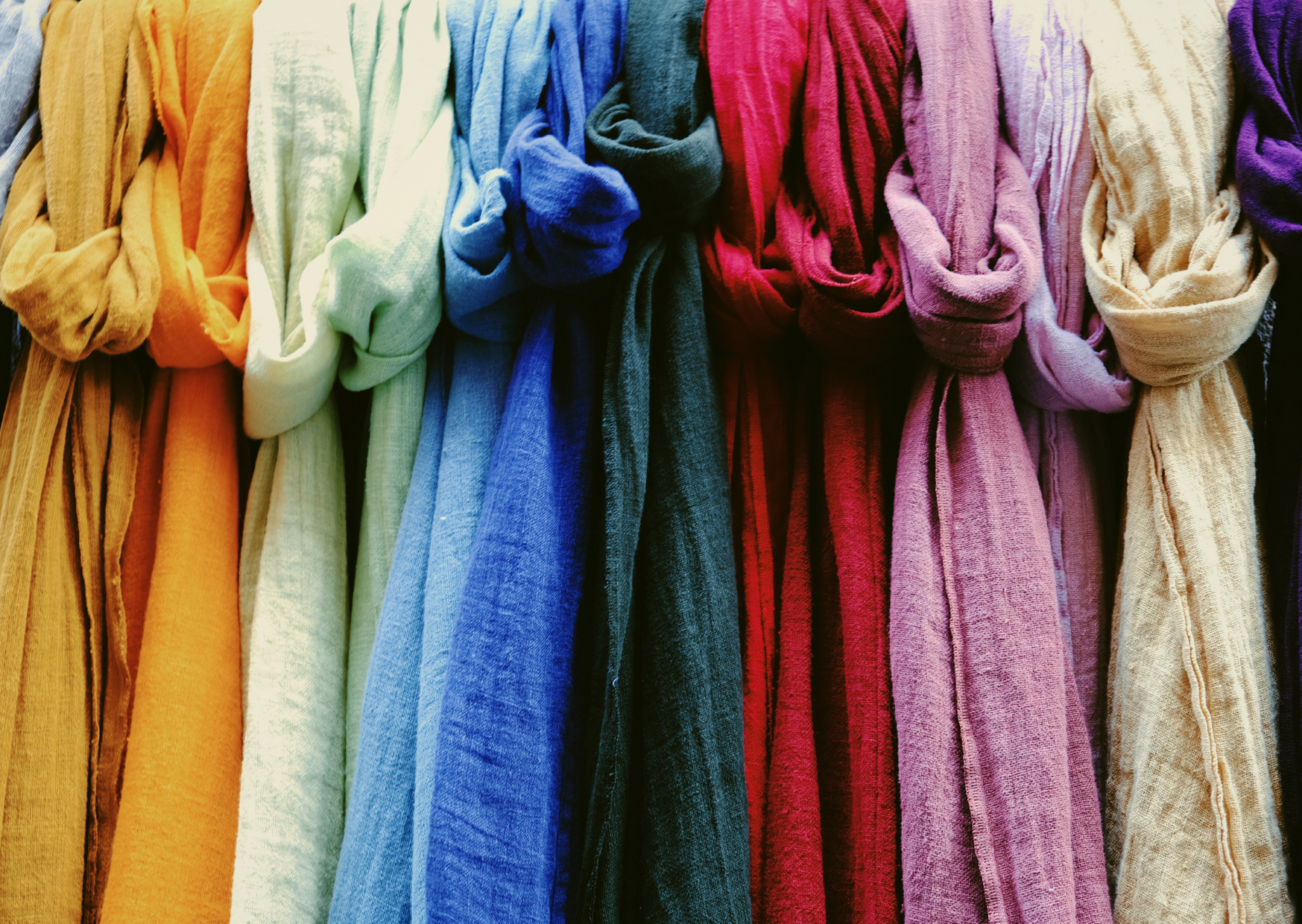
A Guide To Organic Fibres: Cotton, Linen, Hemp and Wool.
You may or may not have heard of ‘Dirty Dozen’ produce – the 12 foods that are the worst offenders when it comes to non-organic growing practices and retain the most chemicals (all the way to your plate!).
From strawberries to spinach, peaches to potatoes, cherries to celery – these foods are among those that the Environmental Working Group (EWG) say contain the highest amounts of pesticides when grown conventionally. If you’re worried about pesticide contamination in the food you eat, it’s generally advised to focus your organic efforts on the dozen!
But what about fabrics and fibres? Where should we be buying organic in order to minimise the impact of our fashion choices on the environment, and ourselves?
Here are the best organic fibres to focus your attention to:
Organic Cotton
Compared to non-organic cotton, there are many environmental benefits and health benefits of organic cotton. It’s a winner in many areas, including the amount and type of water used, levels of water pollution, greenhouse gas emissions and soil erosion. A no brainer!

Organic Linen
Linen is made from flax, a plant that’s extremely versatile and resilient. It can be grown in poor soil and requires much less water than cotton. Non-organic flax is heavily reliant on nitrates, a fertiliser that can pollute water and damage ecosystems. So look out for GOTS Certified linen wherever you can! Because of the density of the fibre, the production of white linen also requires heavy bleaching, so where possible, it’s best to stick to natural-toned hues (browns and beiges).

Organic Hemp
The hemp plant is very sturdy. It requires little water to grow and will naturally dominate its surroundings, so it doesn’t need the help of pesticides or herbicides. However, many farmers still use fertilisers that can contaminate the broader environment. There’s also tendency to use chemicals to turn the crop into a fabric. Chemical processes are faster, cheaper and damaging to the environment, so make sure you opt for Hemp that’s been made using organic mechanical methods.

Organic Wool
Organic sheep are treated well (in order to minimise stress), fed organic feed and reared on organic land. They’re also not routinely given antibiotics to suppress disease (a farming practice that contributes to emerging antibiotic resistance).

And just a final note on dyes: an organic certificate doesn’t necessarily mean that sustainable dyes have been used. Many dyeing processes can be chemically intensive and damaging to the environment (as well as consumers). Generally, it’s best to look out for azo-free dyes and those that have a reduced environmental impact.
We hope this guide has been useful, but if you have any questions just leave a comment below!





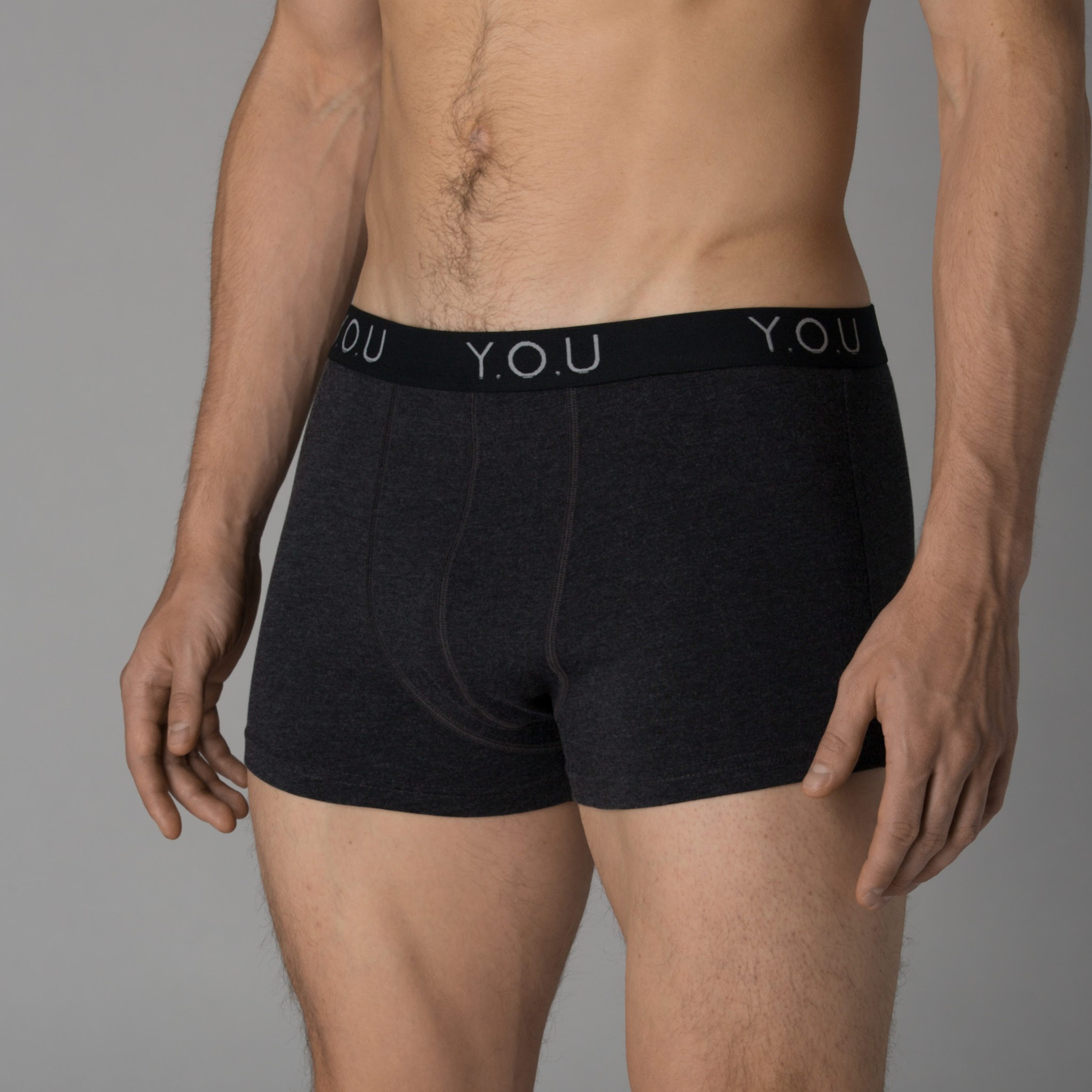

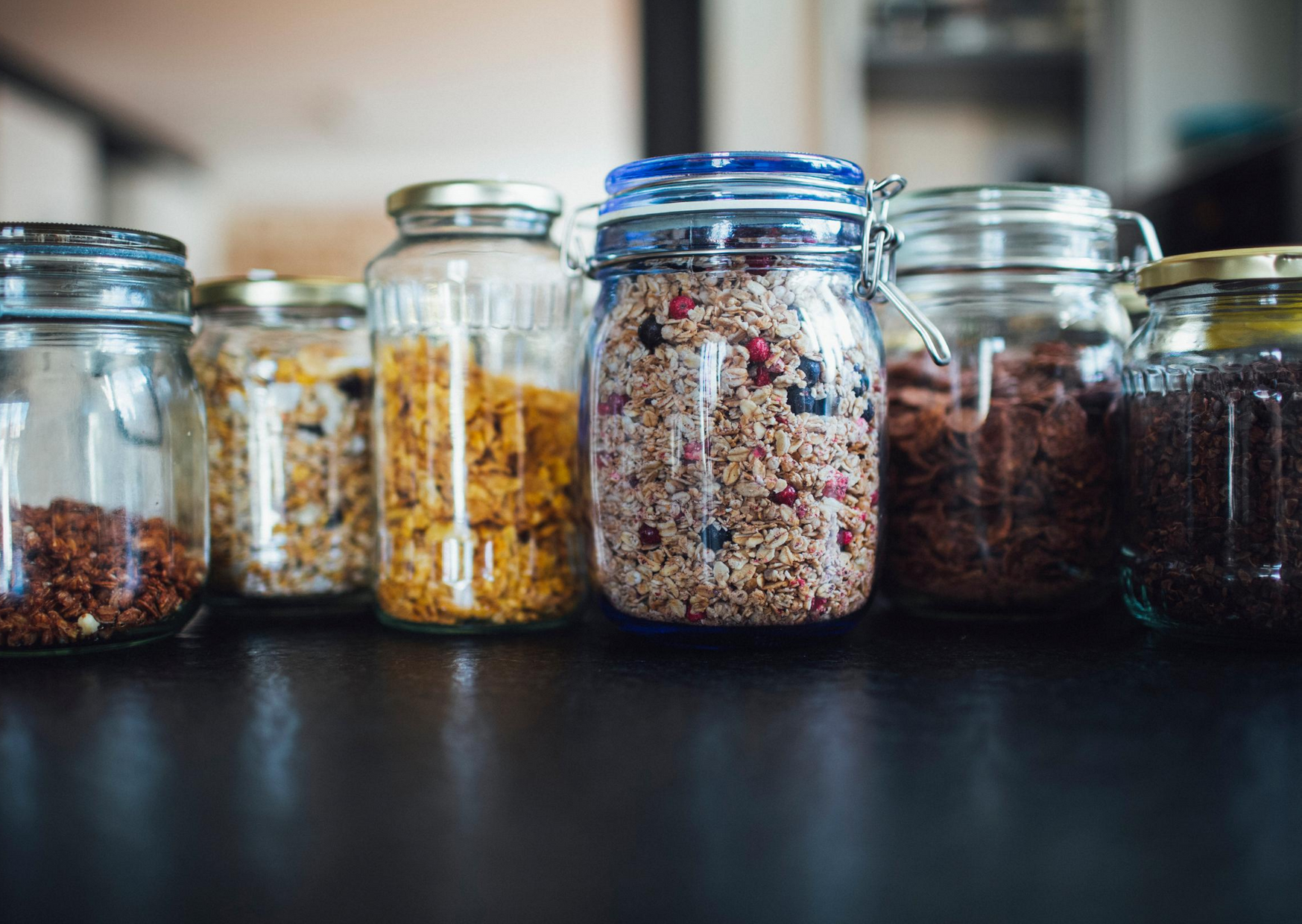

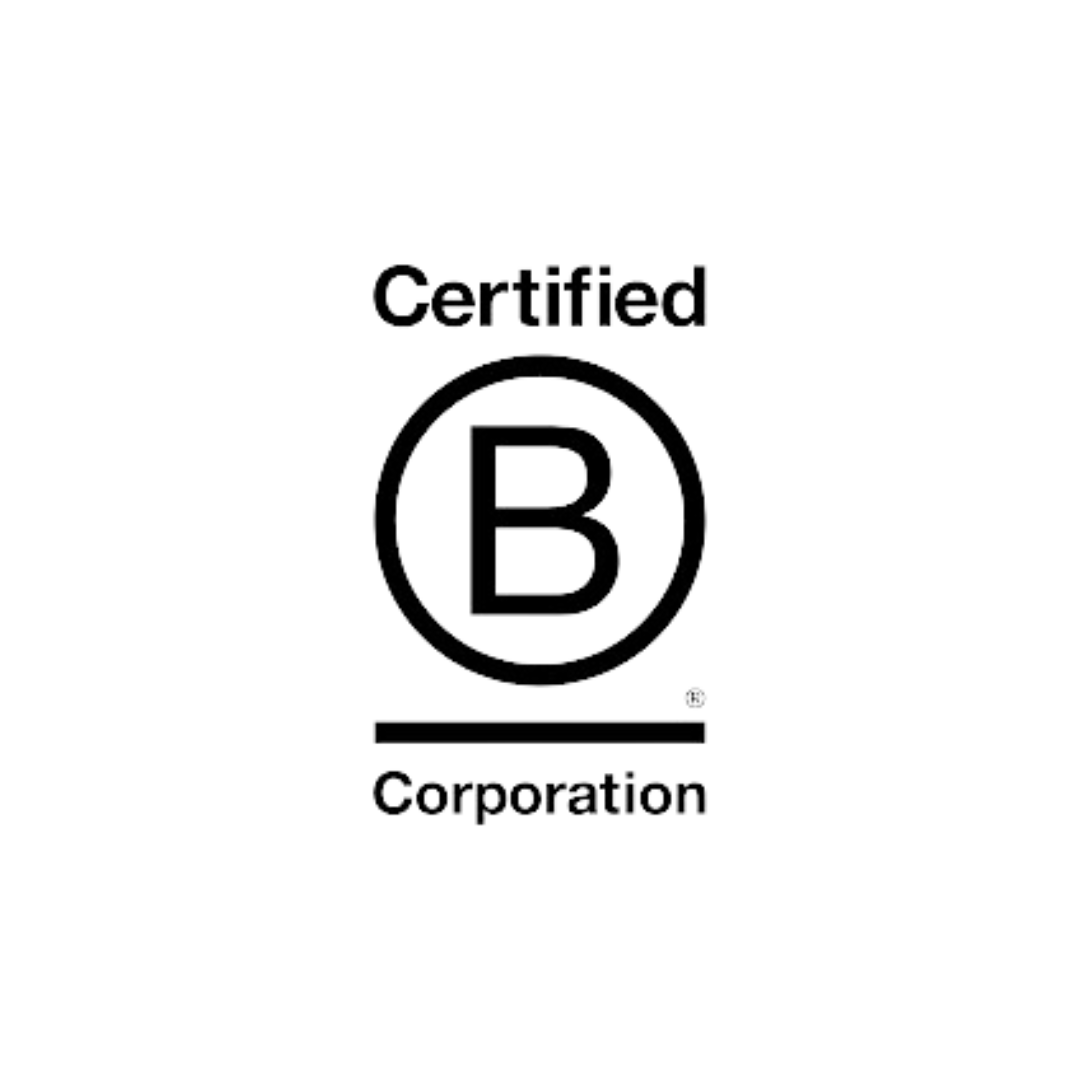
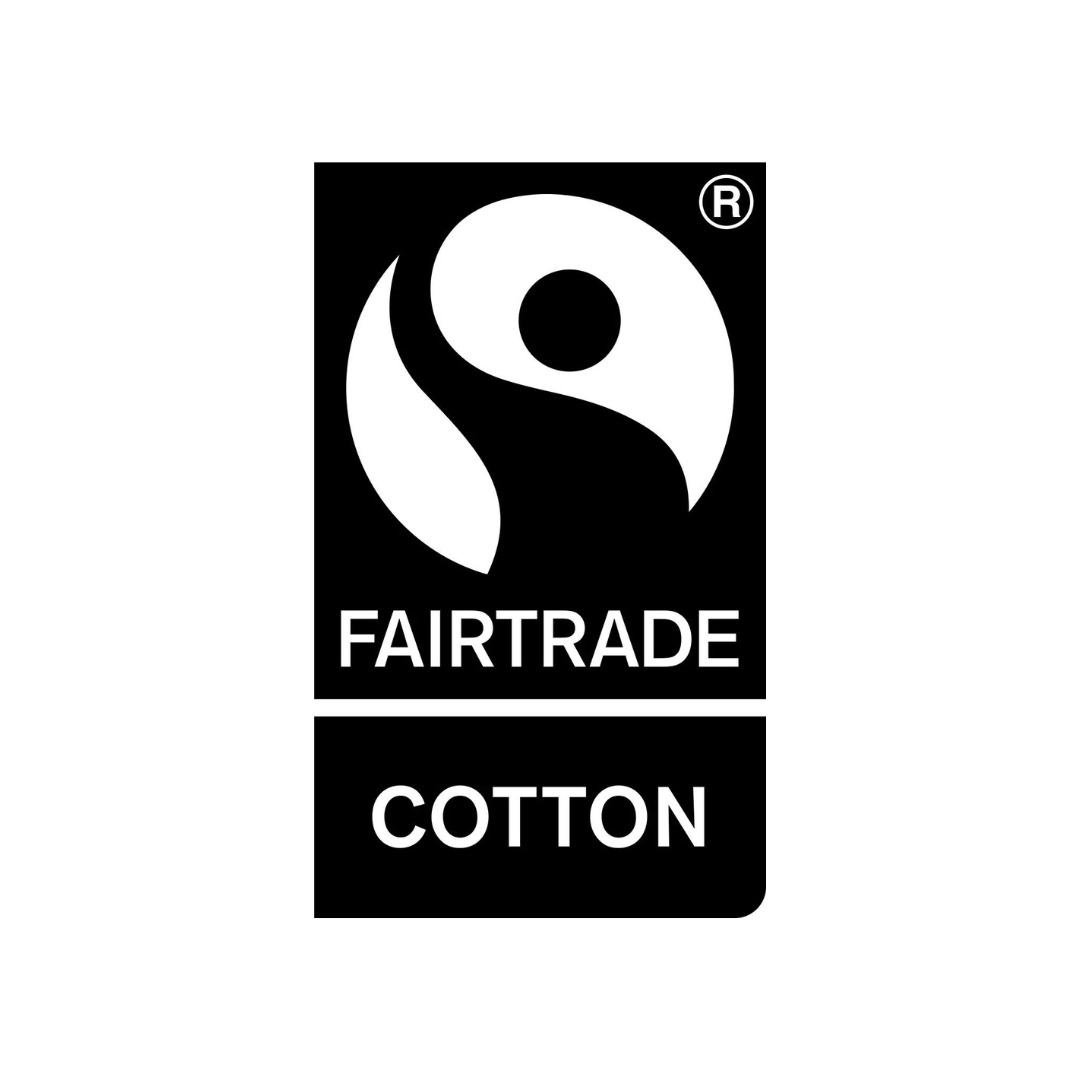
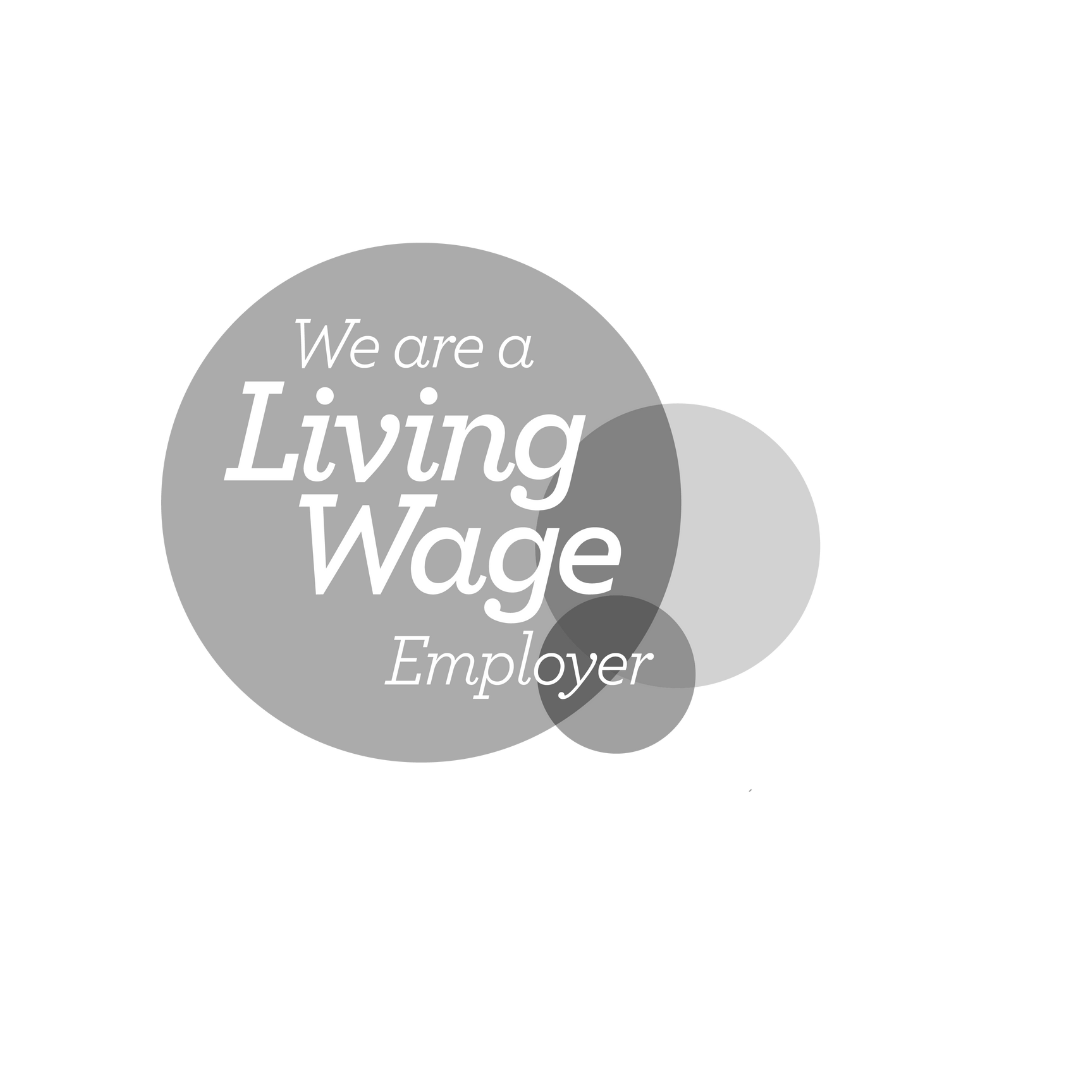



Leave a comment
This site is protected by hCaptcha and the hCaptcha Privacy Policy and Terms of Service apply.